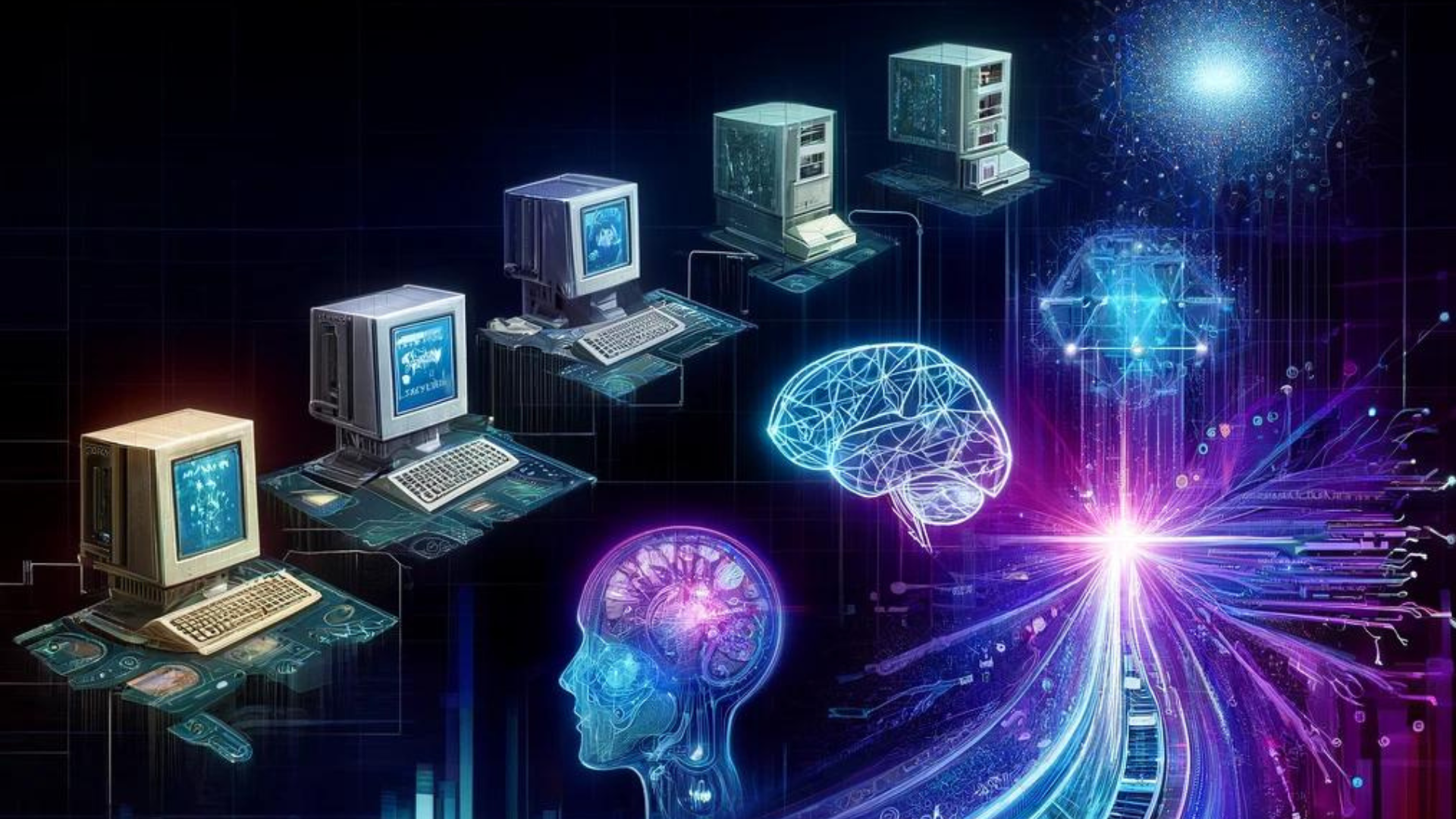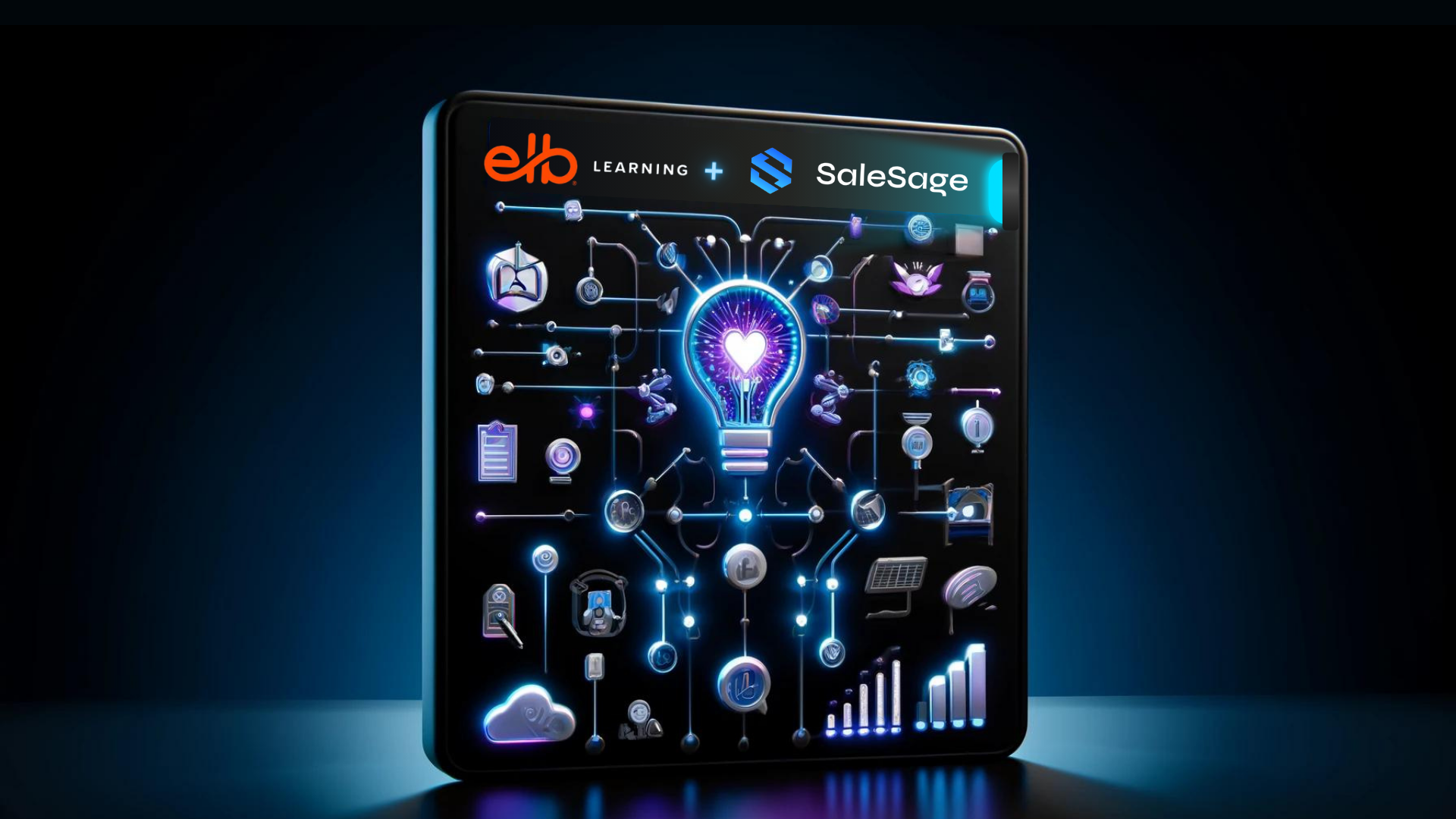Artificial Intelligence has undergone a remarkable transformation since its early days. From the initial development of basic algorithms to the rise of deep learning, the field of AI training has continually evolved, driven by technological advancements and an ever-increasing amount of data. As we look to the future, it is essential to understand the history and current state of AI training to fully grasp the emerging trends and predictions that will shape the next phase of AI development.
A Brief History of AI Training
Early Beginnings: Basic Algorithms
The roots of AI can be traced back to the mid-20th century, with the creation of basic algorithms designed to mimic human problem-solving and decision-making processes. These early AI systems relied heavily on rule-based approaches and symbolic reasoning, which, although limited in their capabilities, set the stage for future advancements.
The Rise of Machine Learning
The 1980s and 1990s saw a significant shift towards machine learning, where the focus moved from hardcoded rules to models that could learn from data. Techniques such as regression analysis, decision trees, and clustering enabled AI systems to improve their performance over time by identifying patterns and making data-driven predictions.
Neural Networks and the Birth of Deep Learning
The development of neural networks in the late 20th century marked a pivotal moment in AI training. Inspired by the structure and function of the human brain, neural networks allowed for the creation of more complex models capable of recognizing intricate patterns. The introduction of deep learning, characterized by multi-layered neural networks, further revolutionized the field by enabling breakthroughs in image recognition, speech processing, and natural language understanding.
The Big Data Revolution
The early 21st century brought about the era of big data, providing AI models with vast amounts of information to learn from. This abundance of data, coupled with advancements in computational power and storage, facilitated the rapid growth and success of deep learning models. Applications in fields such as healthcare, finance, and autonomous systems flourished, demonstrating the potential of AI to transform industries.
Current State of AI Training
Deep Learning Dominance
Today, deep learning is at the forefront of AI research and application. Models like convolutional neural networks (CNNs) and recurrent neural networks (RNNs) are widely used for tasks ranging from image and speech recognition to natural language processing. These models have achieved remarkable accuracy and efficiency, making them indispensable tools in the AI toolkit.
Transfer Learning and Pre-trained Models
Transfer learning has emerged as a powerful technique, allowing AI practitioners to leverage pre-trained models and adapt them to specific tasks. This approach significantly reduces the time and computational resources required for training, enabling more efficient development of AI applications. Pre-trained models such as BERT and GPT have set new benchmarks in various domains, showcasing the effectiveness of transfer learning.
Ethical AI Training
As AI systems become more integrated into everyday life, ethical considerations in AI training have gained prominence. Addressing issues such as bias in data, transparency in decision-making, and data privacy is crucial for building responsible and trustworthy AI systems. Organizations and researchers are increasingly focusing on developing fair and transparent AI models to ensure their positive impact on society.
Future Trends and Predictions
Automated Machine Learning (AutoML)
AutoML is poised to revolutionize AI training by automating the process of model selection, hyperparameter tuning, and feature engineering. By simplifying these complex tasks, AutoML democratizes AI, making it accessible to a broader range of users, including those without extensive expertise in the field. This trend will likely accelerate the adoption of AI across various industries.
Explainable AI (XAI)
The push for explainable AI will drive the development of models that not only perform well but also provide clear insights into their decision-making processes. Explainable AI is crucial for enhancing trust and accountability in AI systems, especially in critical applications such as healthcare, finance, and law enforcement. Researchers are working on techniques to make AI models more interpretable and transparent, ensuring that their decisions can be understood and justified.
Edge AI
The growing demand for real-time decision-making is driving the development of edge AI, where AI models are trained to run on edge devices such as smartphones, IoT gadgets, and autonomous vehicles. Edge AI offers several advantages, including reduced latency, enhanced privacy, and the ability to operate in environments with limited connectivity. This trend will lead to more intelligent and responsive devices, transforming various aspects of daily life.
Federated Learning
Federated learning is an innovative approach that enables collaborative model training across decentralized data sources while preserving data privacy. In federated learning, models are trained locally on individual devices, and only the model updates are shared and aggregated. This approach is particularly valuable in sensitive domains like healthcare, where data privacy is paramount. Federated learning allows for the creation of robust AI models without compromising data security.
Quantum AI
The integration of quantum computing with AI training holds the promise of solving complex problems that are currently intractable with classical computing. Quantum AI leverages the principles of quantum mechanics to perform computations at unprecedented speeds, potentially unlocking new levels of performance and efficiency. Although still in its early stages, quantum AI is an exciting frontier that could revolutionize various fields, from cryptography to drug discovery.
The evolution of AI training from basic algorithms to deep learning has paved the way for a future filled with exciting possibilities. By understanding the historical context and staying ahead of emerging trends, we can better navigate the rapidly changing landscape of AI and harness its full potential. As we continue to push the boundaries of AI training, the next wave of innovations promises to bring even greater advancements, transforming industries and improving lives in ways we have yet to imagine.






